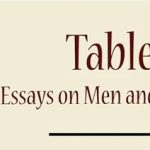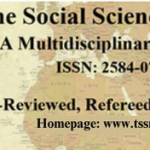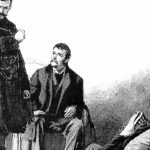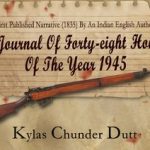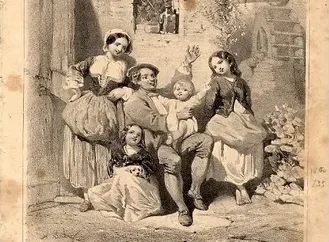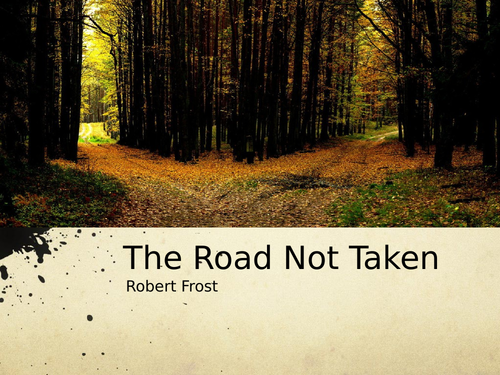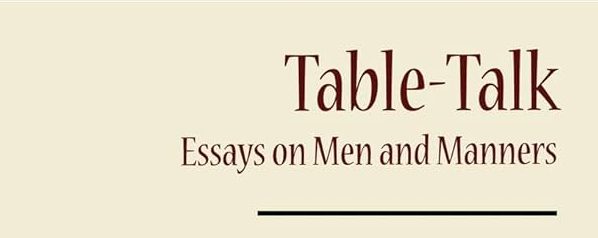Analysis of the Poem “The Miller of the Dee” and its Parody “The Jolly Miller”
Introduction: The poem deals with the beauty of the English countryside and its hard-working citizens. It depicts the natural phenomena of the Scottish Landscape. It gives the moral that mental satisfaction is much more important than living an affluent life. As it was written in the medieval period, it consists of so many archaic words. ... Read more




